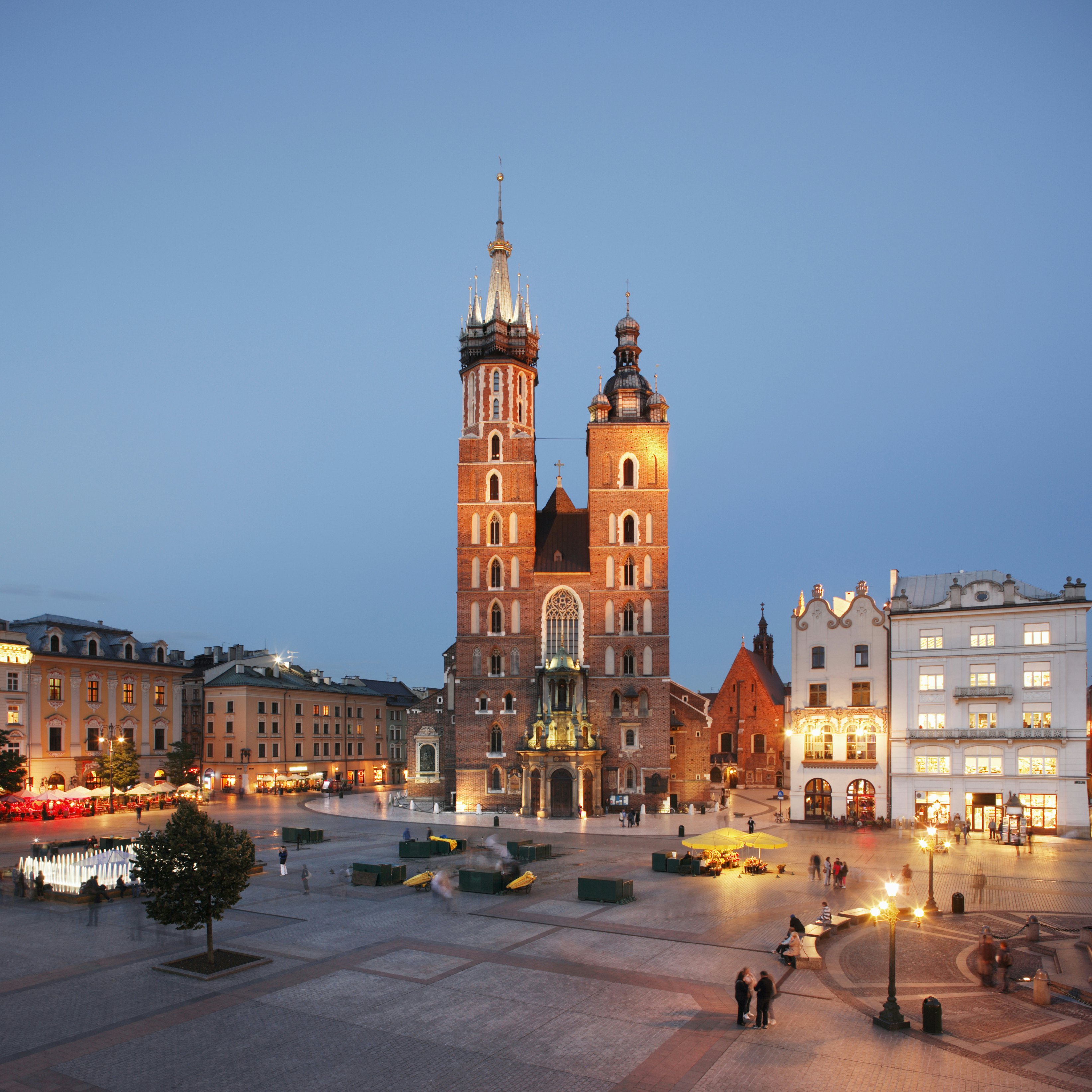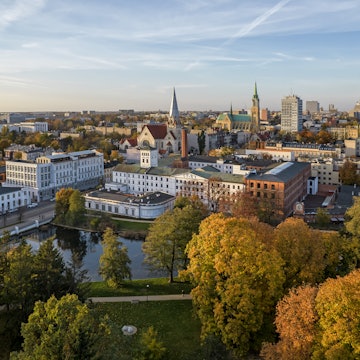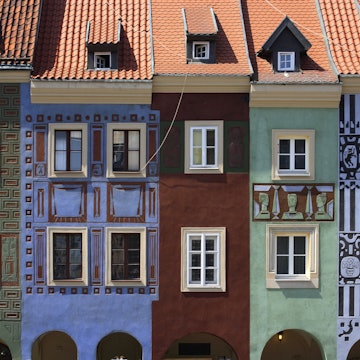

Getty Images/iStockphoto
Overview
Picturesque cities such as Kraków and Gdańsk vie with energetic Warsaw for your urban attention. Elsewhere, woods, rivers, lakes and hills beckon for some fresh-air fun.
Plan your trip with Guide, an AI travel planner!
Create a personalized trip itinerary in seconds using artificial intelligence.
Must-see attractions
Planning Tools
Expert guidance to help you plan your trip
Best Things to Do
This European gem delivers, with castles and museums packing its cities, and outdoor adventures galore. Here are some of the best things to do in Poland.
Read full article
Best Places to Visit
From the elegant churches of Kraków to the timber villages of the Tatra Mountains and the Baltic beaches, here are the best places to visit in Poland.
Read full article
Best Time to Visit
Discover the best time to visit Poland, from the warm Baltic beaches in the summer to the ski slopes of the Tatra Mountains in the winter.
Read full article
Get a book. Get inspired. Get exploring.
in partnership with getyourguide






















